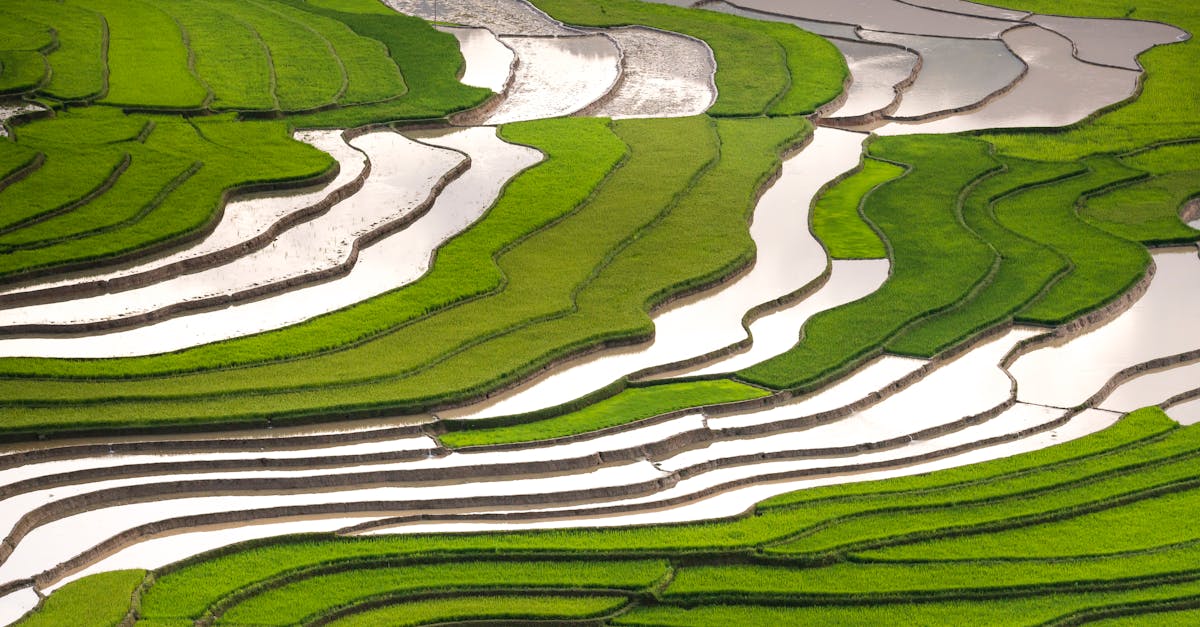Are you struggling with keeping your potted plants healthy and thriving? When it comes to potting plants, proper drainage is key to their well-being.
In our full guide, we’ll study into the important aspects of drainage for pot plants, ensuring your green companions flourish.
From selecting the right pots to understanding the importance of soil composition, we’ve got you covered. We’ll investigate the significance of drainage holes, the role of potting mix, and how to prevent waterlogging, empowering you to create an optimal environment for your beloved plants. Let’s plunge into this journey together and unlock the secrets to successful pot plant care.
Key Takeaways
- Select pots with drainage holes to prevent water accumulation and root rot
- Choose porous materials like clay or terracotta for better aeration and moisture regulation
- Use quality potting mix with good drainage to avoid waterlogged roots
- Ensure proper drainage with drainage holes in pots for oxygenation and plant health
- Select the right potting mix tailored to your plant’s needs for optimal growth
- Prevent waterlogging by watering sparingly and enhancing airflow in pots

Selecting the Right Pots
When choosing pots for our potted plants, it’s important to opt for ones with drainage holes at the bottom. These holes allow excess water to escape, preventing roots from sitting in water and potentially rotting.
Additionally, selecting pots made of porous materials such as clay or terracotta can help improve aeration and prevent waterlogging. These materials allow soil to breathe and help regulate moisture levels for plant roots.
Plastic pots are also a popular choice due to their durability and lightweight nature. They are available in a variety of sizes, shapes, and colors, making them versatile for different plant types and interior designs.
For more tips on selecting the right pots for your potted plants, check out this detailed guide from Gardening Know How. They provide insights on choosing the best containers for your beloved plants.
Importance of Soil Composition
When it comes to healthy potted plants, the soil composition plays a critical role. A well-draining soil mix prevents waterlogged roots and promotes proper aeration for plant growth.
We recommend using a quality potting mix that is specifically formulated for container plants. Such mixes usually contain a blend of materials like peat moss, perlite, and vermiculite, ensuring good drainage while retaining important moisture.

Significance of Drainage Holes
When it comes to drainage for pot plants, we can’t overlook the importance of drainage holes. These tiny openings at the bottom of your pots play a critical role in preventing waterlogging and keeping your plants healthy. Without proper drainage, excess water can accumulate, leading to root rot and other damaging conditions.
Drainage holes allow excess water to escape, ensuring that roots receive oxygen and preventing roots from sitting in soggy soil. This simple feature is required for the and so health of your potted plants, helping them thrive in their container environment.
To learn more about the importance of drainage holes in potted plants, visit Gardening Know How.
Role of Potting Mix
When it comes to the health of our potted plants, the potting mix plays a required role. It provides the necessary nutrition, support, and moisture for our plants to thrive. A well-draining potting mix is important to prevent water from accumulating at the bottom of the pot, which can lead to root rot.
Choosing the right potting mix is critical. Opt for a mix that is specifically formulated for the types of plants you have. Different plants have varying needs when it comes to soil consistency and nutrient levels.
Additionally, ensure that your potting mix is well-aerated to allow for proper root growth. This allows the roots to breathe and absorb important nutrients more effectively.
For more information on potting mixes, you can check out this resource for some useful tips.

Preventing Waterlogging
When it comes to Preventing Waterlogging in your potted plants, proper drainage is key. Without adequate drainage, excess water collects at the bottom of the pot, leading to soggy soil and root rot. To avoid this issue:
- Ensure your pots have drainage holes at the bottom to allow excess water to escape.
- Use a well-draining potting mix that promotes water flow through the soil.
- Water your plants sparingly, allowing the soil to dry out slightly between waterings.
- Enhance your pots slightly by placing them on pot feet to improve airflow underneath.
For more tips on preventing waterlogging, check out this guide on proper watering techniques.
